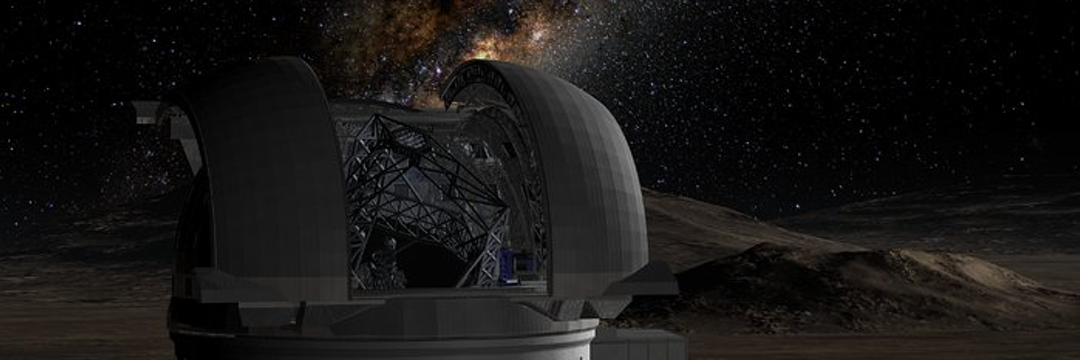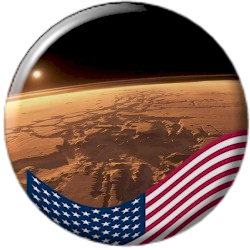
doi.org/10.1364/OPTICA.548098
Credibility: 999
#Gravity
Researchers at MIT (Massachusetts Institute of Technology) have developed a new way to investigate one of the greatest mysteries in science: does gravity work like a quantum force? They cooled a small mirror to nearly the lowest possible temperature, absolute zero, using lasers, a common technique in atomic physics
This experiment may finally show whether gravity follows the same quantum rules as other forces in the universe, something that has puzzled scientists for decades.
The Enigma of Gravity
Gravity is different from the other fundamental forces in the universe, such as electromagnetism and nuclear forces, which have already been explained by quantum theory.
So far, no one has been able to create a consistent quantum theory for gravity, which leaves a huge gap in our understanding of the universe.
“Physicists have all sorts of ideas, from whether gravity is classical to whether it’s entirely quantum, but we don’t know the answer yet because we’ve never been able to test it in the lab,” says Dongchel Shin, a doctoral student in MIT’s Department of Mechanical Engineering.
“The key is to create mechanical systems that are large enough to sense gravity but quiet enough-that is, quantum-to show how gravity interacts with them.”

A New Way to Test Gravity
Shin and his team have successfully used lasers to cool a device called a torsional oscillator, which is like a spinning pendulum.
The study, published in the journal Optica, shows how this technique could help determine whether gravity is quantum.
Such oscillators have been used for centuries in gravity experiments, such as Henry Cavendish’s 1798 experiment, which measured the force of gravity.
Scientists already use lasers to cool atomic gases to extremely low temperatures, creating systems that help make super-precise clocks.
But this is the first time that laser cooling has been applied to a torsional oscillator to study gravity.

Bringing Two Worlds Together
“Historically, gravitational physics and atomic physics have gone their separate ways,” says Shin.
“In our work, we bring these two fields together.
We use laser cooling techniques, originally developed for atoms, on a one-centimeter torsional oscillator.
This combination creates a new form of experiments that can test whether gravity needs to be explained by quantum theory.”

Cooling to Near Absolute Zero
In the experiment, the team cooled the torsional oscillator from room temperature (about 25°C) to 10 millikelvins, or 1/100th of a degree above absolute zero (-273°C).
They did this using a system called an optical lever, which uses a laser reflected off a mirror to measure tiny movements.
“The optical lever is simple but powerful: you point a laser at a mirror, and any slight tilt of the mirror causes the laser beam to shift significantly, allowing them to measure small movements,” Shin explains.
The challenge was to prevent vibrations, air currents, or imperfections in the laser from interfering with the measurements, creating “false movements.” To solve this, they used a second laser beam, reflected off another mirror, which canceled out these interferences.
Impressive Precision
With this technique, the team reduced the noise in the measurements by a thousand times, achieving such high precision that they were able to detect movements almost 10 times smaller than those expected from the oscillator’s natural quantum vibrations.
“This sensitivity allowed us to cool the system down to 10 millikelvins using laser light,” Shin says.

Next Steps
This is just the beginning.
“We achieved incredible precision, but we still want to get to the most basic quantum state of the oscillator, called the ground state,” Shin explains.
To do this, they plan to improve the interaction with light, using optical cavities or optical trapping strategies.
These improvements could allow experiments in which two oscillators interact only through gravity, directly testing whether gravity is quantum.
The Power of Mechanical Engineering
Shin points out that this work requires a variety of knowledge, from theoretical physics (such as relativity and quantum mechanics) to practical skills, such as systems design, nanofabrication, and electronics.
“Having a background in mechanical engineering, which combines theory and practice, helped me navigate these fields and contribute to answering one of the most fundamental questions in science,” he says.
This MIT experiment is a bold step toward unraveling whether gravity is quantum, and could open doors to better understanding the universe and its fundamental forces.
Published in 06/03/2025 13h45
Text adapted by AI (Grok) and translated via Google API in the English version. Images from public image libraries or credits in the caption. Information about DOI, author and institution can be found in the body of the article.
Reference article:
Original study:
| Geoprocessing Drone Systems HPC |

| ERP and CRM Systems Mobile Systems AI |


